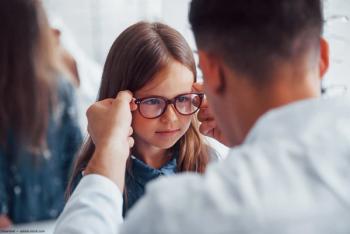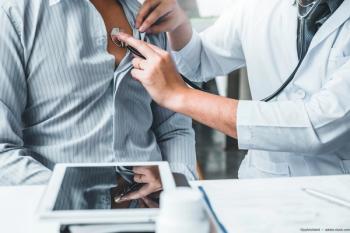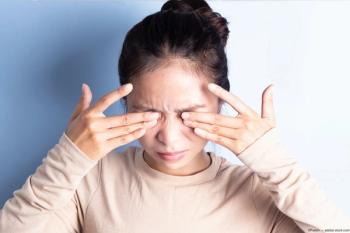
- October digital edition 2020
- Volume 12
- Issue 10
What I have learned from the COVID-19 pandemic
It’s fair to say that none of us were prepared for a global pandemic. If you were, I will say kudos to you for feeling that way. It’s also fair to say, however, that we are all learning from this and incorporating changes to our clinical lives that will likely have lasting effects. In fact, I fully expect some of these changes last forever.
For the sake of grossly oversimplified comparison, I have recently been comparing my practice to the United States. Neither of us were prepared. We both had to shut down. We are both trying to get back to some sense of normalcy. However, we both have to do it sensibly and with an eye on what we know works well and doesn’t work well as evidenced from past experience. We both know that pre-COVID-19 normal may never happen again. We both know that our children may well become known as the “COVID generation.” We know that this pandemic will have lasting effects aside from the physical effects of the virus on the human body.
Prevention
In an attempt to avoid another COVID rant, I’ll get to the point. Moving forward, my practice and the United States should share a common goal, and that goal is prevention. I must do all I sensibly can to limit exposure while taking care of eyes. The government must ensure continued expansion of access to proper personal protective equipment (PPE) and testing and continue to support research into treatment and eventually an effective and safe vaccine. I must also ensure that I build ample savings in the hopefully unlikely event that routine care is halted again.
About a year ago, I looked at my books and thought for a minute that I was being too conservative with savings. I now have a goal of doubling the amount I had at that time. Likewise, the U.S. government knows (I hope) that the sudden printing of more money is not inconsequential (I say that as the recipient of a Paycheck Protection Program [PPP] loan). We must do all we can to ensure, should this last for a considerably longer period of time (or should something else happen—which is likely at some point), that we are as prepared as we can be when we again have to brace for impact.
Of course, the comparison of my practice to the U.S. is unreasonable, but, at its core our goal should be the same: learn from this, move forward as sensibly as we can, and save up for another rainy day.
Global pandemics do not happen on a timeline. As for influenza pandemics, we made it almost 40 years from the 1968 H3N2 pandemic to the 2009 H1N1 pandemic. Severe acute respiratory syndrome (SARS) happened just 5 years before that. We are still living through the human immunodeficiency virus (HIV)/acquired immunodeficiency syndrome (AIDS) pandemic. However, the effects of COVID-19 on our society harken back to the influenza pandemic of 1918. We learned from that one, and we will learn from this one. Until the next one, sensibly onward.
Articles in this issue
about 5 years ago
4 vision-related causes of contact lens discomfortabout 5 years ago
Which patients are poor laser vision correction candidates?about 5 years ago
AI and the modern optometric practice restartabout 5 years ago
When a retinal detachment isn’t a retinal detachmentabout 5 years ago
Where to begin with dry eye technologyabout 5 years ago
Pipeline: Potential new therapy coming for macular diseaseNewsletter
Want more insights like this? Subscribe to Optometry Times and get clinical pearls and practice tips delivered straight to your inbox.



















































.png)


